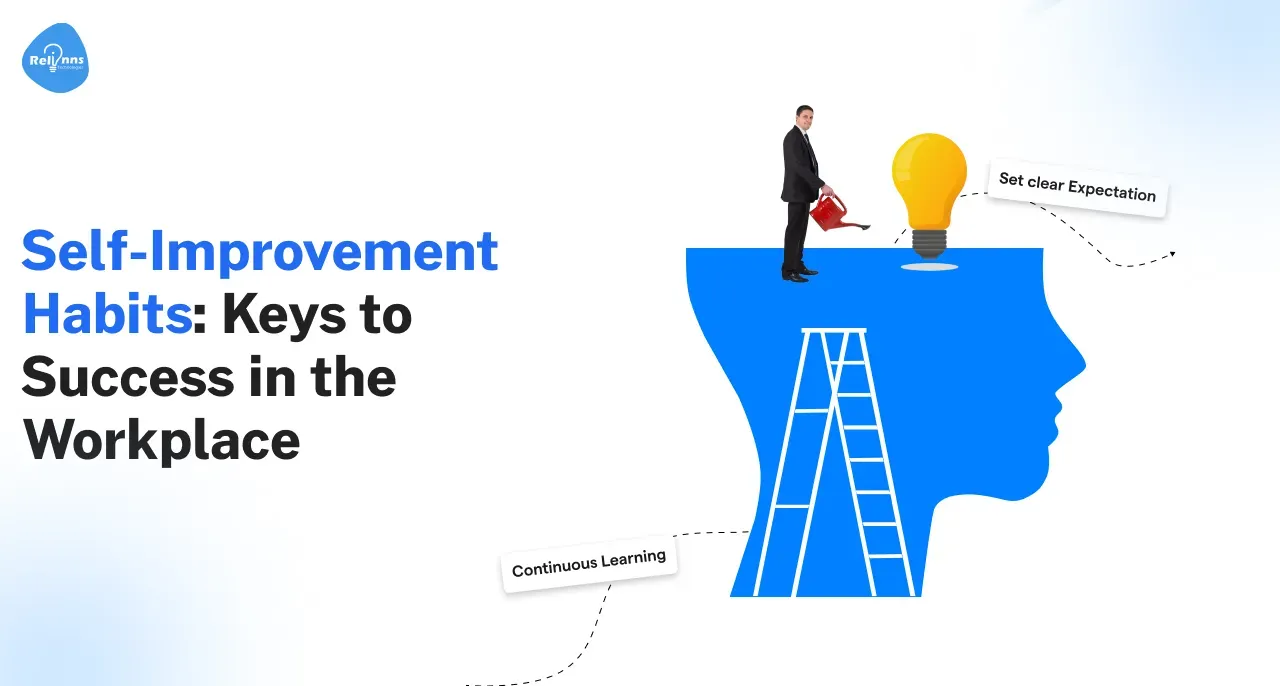A Complete Guide to Decision Making for Effective Leadership
Date
Jul 04, 24
Reading Time
8 minutes
Category
Career Development
- Introduction
- Understanding Decision Making in Leadership
- Core Decision Making Factors
- The Decision Making Matrix: A Tool for Leaders
- Integrating Decision Making with Leadership Skills
- Conclusion
- Frequently Asked Questions (FAQs)
Table of content

Introduction
Did you know companies with strong decision-making processes outperform competitors by 58% in revenue growth?
In effective leadership, decision making is crucial because it greatly influences an organization's direction and success.
Leaders, regardless of their industry or role, face a continuous stream of decisions—ranging from strategic to operational.
The ability to make well-informed, timely decisions defines their success and shapes their teams' growth and resilience.
This blog delves into the essence of decision making within leadership, offering insights and tools to enhance this critical skill. By understanding and applying effective decision making strategies, leaders can handle their roles more confidently, leading to better results and stronger leadership.
Join us as we explore how to refine this pivotal capability, fostering a leadership approach that is both effective and transformative.
Understanding Decision Making in Leadership
At its core, decision making is the process of selecting a course of action from multiple alternatives. Effective leaders are often distinguished by their capacity to make decisions that further their organization's goals while balancing resources, personnel, and external pressures.
The implications of these decisions can be extensive, affecting not just immediate outcomes but also long-term strategy and team morale.
Leadership skills decision making involves more than just choosing the right option; it's about understanding the context, analyzing information, and foreseeing potential consequences.
Leaders must be adept in critical thinking, a skill that allows them to evaluate situations from various perspectives and anticipate the impact of their decisions. This multidimensional thinking is crucial, especially in high-stakes environments where the cost of errors is high.Another vital aspect of leadership decision-making is emotional intelligence. Leaders with high emotional intelligence can better understand and manage their own emotions as well as interpret and react to the emotions of others. This sensitivity is paramount in decision-making processes as it enhances communication and strengthens relationships, leading to more cohesive and motivated teams.Additionally, decision making in leadership isn't a solo effort—it requires gathering insights from others. This not only enhances the decision quality through a variety of perspectives but also secures support from important stakeholders. Such teamwork is crucial in complex situations where no one person has all the solutions.By strengthening these decision making factors, leaders can improve their ability to make informed, effective choices.
Core Decision Making Factors
In leadership, specific factors significantly influence the effectiveness and results of decision making. Understanding these factors can significantly improve a leader's ability to make informed and impactful decisions. Here, we explore the core elements that influence decision making in leadership settings:
Information and Data Analysis
The foundation of any good decision is robust information. Leaders must have access to accurate, relevant, and timely data. This involves not only gathering sufficient data but also analyzing it to discern patterns and insights. Effective leaders develop systems to streamline this process, ensuring they can quickly assimilate and react to information as it becomes available.

Goals and Objectives Alignment
Every decision should align with the organization's broader goals and objectives. Leaders need to clearly understand these goals and evaluate how potential decisions might support or detract from these aims. This alignment ensures that the organization moves cohesively towards its long-term vision.
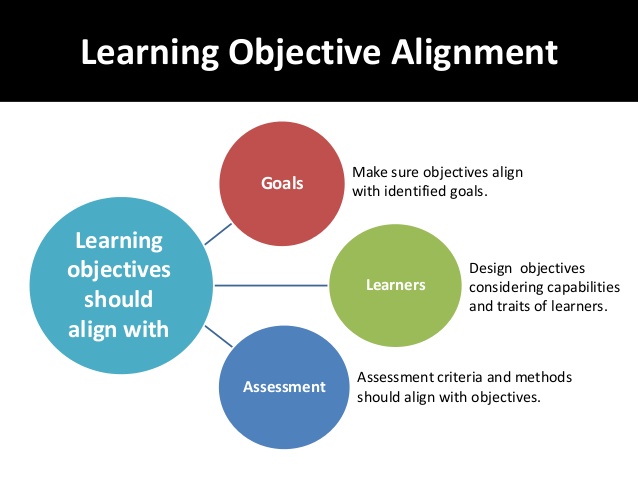
Risk Assessment
Understanding and managing risk is crucial in decision making. Leaders must identify potential risks associated with each option and weigh these against the possible benefits. This includes considering both short-term and long-term risks and preparing strategies to mitigate them.

Stakeholder Considerations
Decisions can impact various stakeholders, including employees, customers, shareholders, and the community. Leaders must consider these impacts and engage with stakeholders when appropriate. This not only improves the quality of the decisions through diverse perspectives but also helps in managing the implementation of those decisions more smoothly.
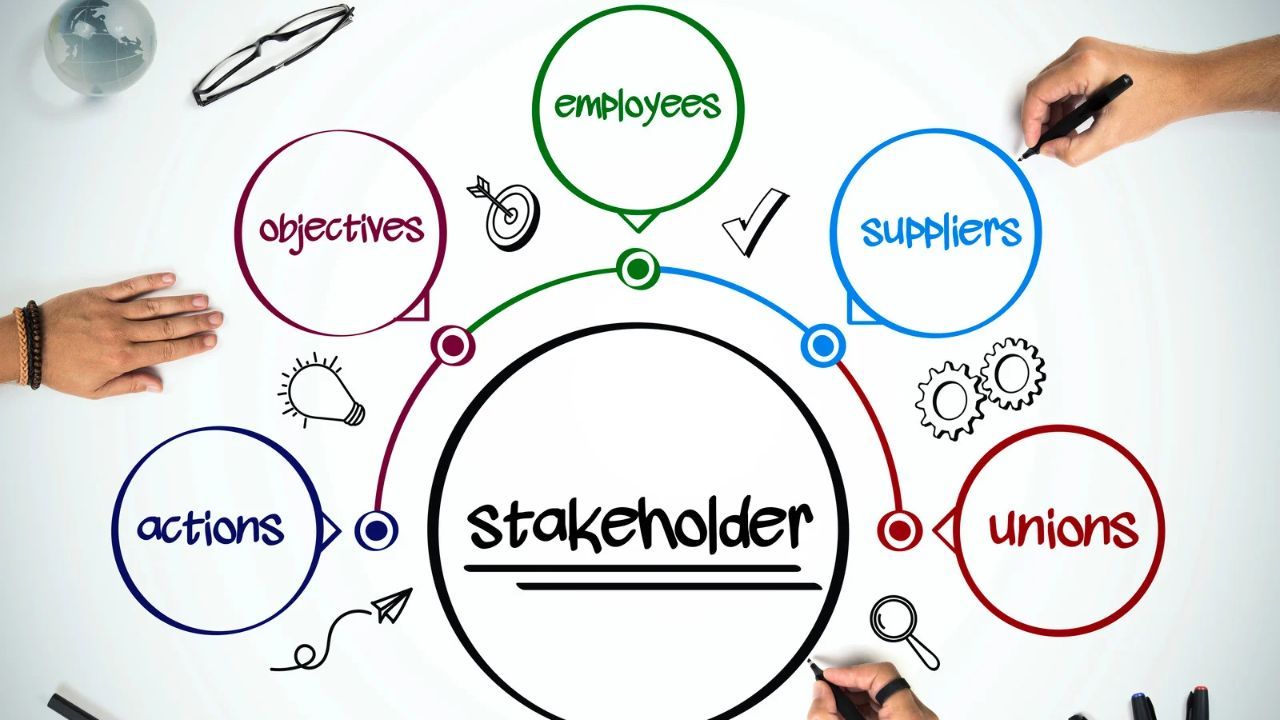
Resource Availability
The availability of resources, whether it be time, money, or personnel, heavily influences decision making. Leaders must assess available resources and how they can be best utilized to achieve the desired outcome. This might involve prioritizing certain activities or reallocating resources to better align with strategic goals.
Ethical Considerations
Leaders are often faced with decisions that have ethical implications.Maintaining strong ethical standards is vital, as it affects the organization's integrity and reputation.Decisions should be made with fairness, transparency, and responsibility in mind to uphold the organization's values and legal obligations.
Environmental and External Factors
The external environment, including market trends, economic conditions, and regulatory changes, can influence decision-making.
Leaders need to be aware of these external factors and adapt their strategies accordingly to maintain competitiveness and compliance.
By prioritizing these decision-making factors, leaders can improve their ability to make choices that are effective, proactive, and responsive to their organization's and its stakeholders' needs.
The Decision Making Matrix: A Tool for Leaders

A valuable tool in the arsenal of effective leadership is the decision making matrix, also known as a prioritization grid. This tool helps leaders weigh different options against a set of predetermined criteria, simplifying complex decisions by breaking them down into more manageable components.
The decision making matrix functions by setting up a grid where each row represents an option and each column represents a factor important to the decision.
Leaders assign weights to these factors based on their relative importance and then score each option accordingly. The scores are multiplied by the weights and summed to give a total score that helps in comparing different choices objectively.
Here’s how leaders can effectively use the decision making matrix in their decision making:
- Identify the decision to be made: Clearly define the problem or opportunity that requires a decision.
- List options: Brainstorm all possible courses of action.
- Determine factors: Identify the criteria that will influence the decision. These might include cost, impact, feasibility, alignment with organizational goals, etc.
- Weigh the factors: Assign a weight to each factor to reflect its importance. The total of all weights should ideally add up to 100%.
- Rate each option: Evaluate how well each option meets each factor on a scale (e.g., 1-10). Multiply these ratings by the weights for each criterion.
- Calculate the total score: Sum the weighted scores for each option. The option with the highest total score is typically considered the optimal choice.
Implementing the decision making matrix not only enhances transparency in how decisions are made but also provides a replicable method for tackling future challenges.
It helps leaders justify their choices with concrete data, fostering trust and understanding among team members and stakeholders.
This tool is particularly useful in scenarios where decisions involve significant complexity and where the consequences of each choice are substantial. By applying a systematic approach to decision making, leaders can minimize biases, increase accuracy in their choices, and ultimately drive better outcomes for their organizations.
Integrating Decision Making with Leadership Skills

Effective leadership is not just about making decisions in isolation; it's about integrating decision making with other essential leadership skills to maximize impact.
Leaders who excel in their roles are those who can seamlessly combine their decision-making capabilities with strategic vision, communication skills, and interpersonal understanding.
Leadership skills decision making involves a blend of intuition and analytics. Leaders need to develop a keen instinct, which is often derived from experience, to sense the right moments for action or restraint.
However, intuition must be balanced with rigorous analysis to ensure decisions are not just gut reactions but are backed by data and a thorough understanding of the situation.
Here are key leadership skills that enhance decision-making effectiveness:
- Strategic Thinking: Leaders must see the bigger picture. Decision making should align with long-term goals and the organization's broader vision. This requires an ability to anticipate future trends and needs, ensuring that today's decisions foster tomorrow's growth.
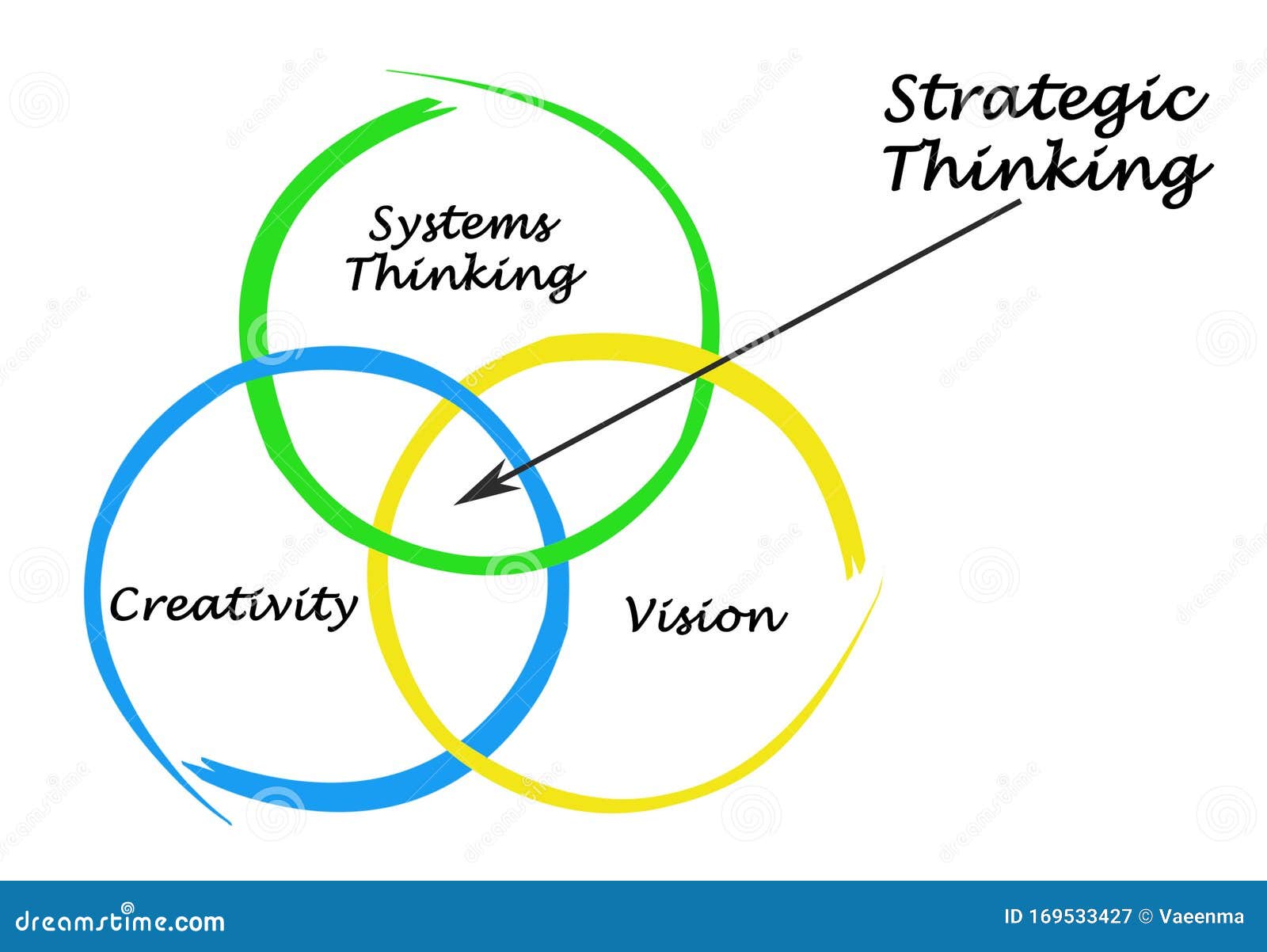
- Communication: Clearly articulating the rationale behind decisions is crucial. Leaders must be transparent with their teams about why certain decisions are made, which helps in gaining their trust and buy-in. Effective communication also involves listening to feedback and incorporating diverse perspectives, which can refine the decision-making process.
- Problem-Solving: Decision making often involves solving problems or addressing challenges. Leaders should cultivate strong problem-solving skills to identify creative solutions. This involves not just understanding the problem but also exploring various potential solutions before settling on the most effective one.
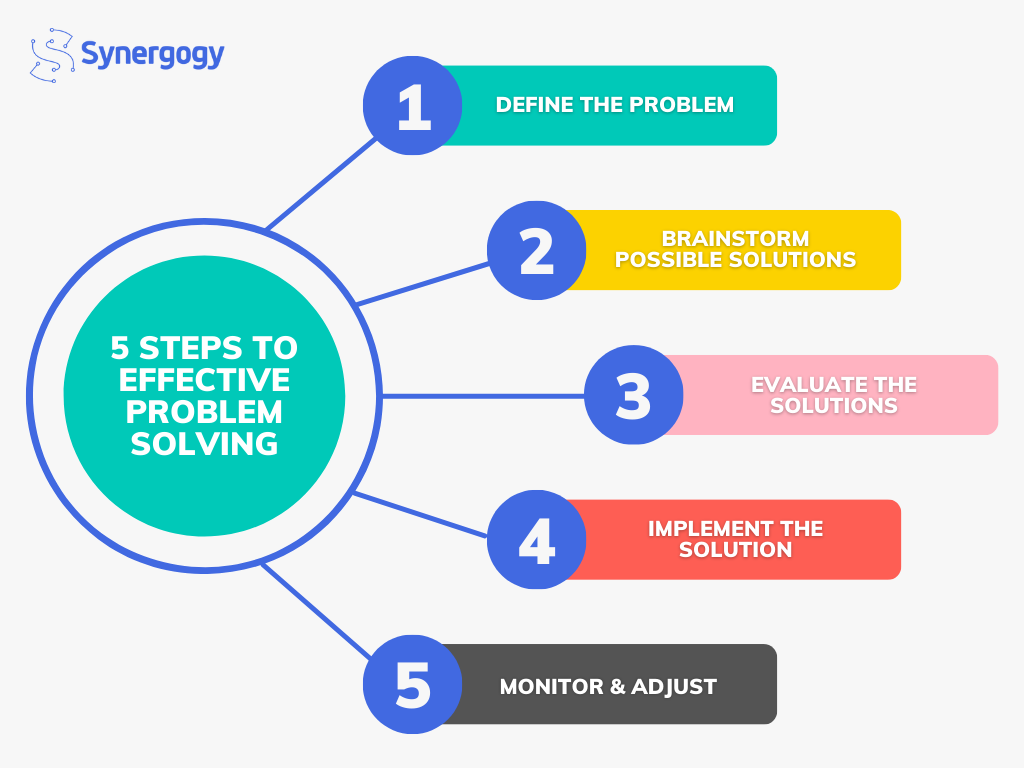
- Adaptability: In a dynamic business environment, leaders must be flexible in their decision-making. Adaptability involves adjusting decisions as new information becomes available or as circumstances change, ensuring that the organization remains agile and responsive.
- Empathy: Understanding the needs and emotions of others is crucial when making decisions that affect team members. Empathetic leaders consider the human element of their decisions, which helps in maintaining morale and fostering a supportive work environment.
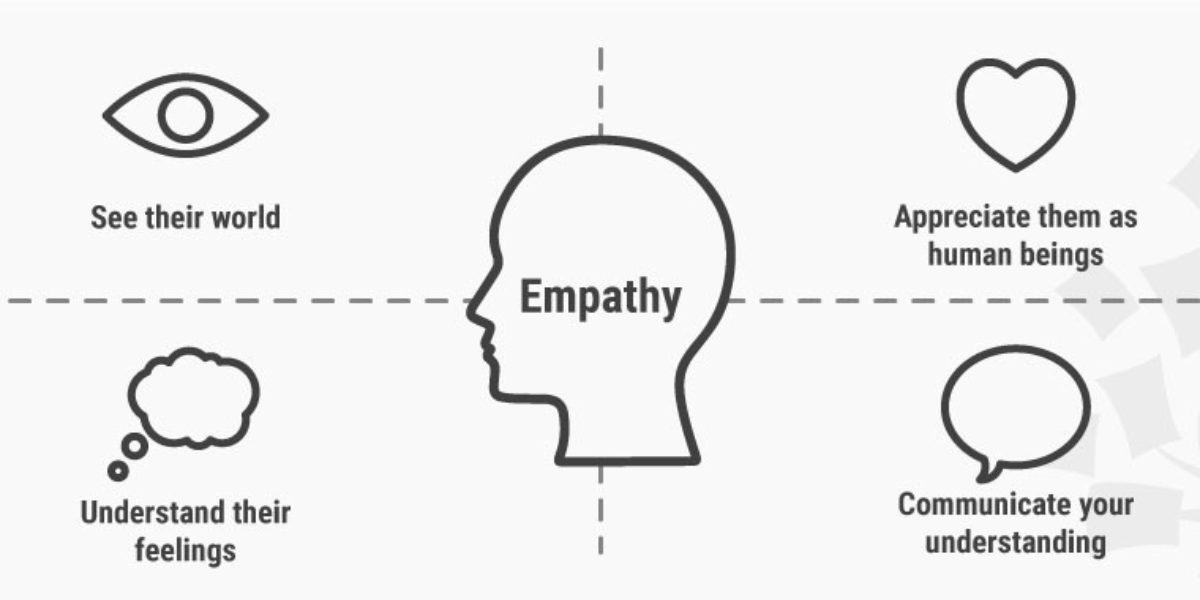
By developing and integrating these skills, leaders can enhance their decision making proficiency, leading to more informed, effective, and accepted decisions. This holistic approach not only improves individual performance but also drives the overall success of the team and the organization.
Conclusion
In this blog, we've explored the intricate role of decision making in effective leadership, emphasizing how strategic, informed choices drive organizational success.
By understanding core decision making factors, utilizing tools like the decision making matrix, and integrating essential leadership skills, leaders can enhance their decision-making capabilities.
As you continue to develop your leadership approach, remember that each decision shapes not only immediate outcomes but also the broader future of your team and organization.
Embrace continuous learning and adaptability to refine your decision-making skills, ensuring your leadership remains dynamic and impactful in an ever-evolving world.
Start today and take proactive steps towards building a brighter and more skilled future for yourself by developing your leadership abilities. In today's competitive world, enhancing your skills and cultivating strong leadership qualities are essential for career growth and personal fulfillment.
Relinns Technology offers an excellent platform to achieve these goals. At Relinns, you can discover a wealth of career opportunities designed to help you excel. The company is dedicated to helping you enhance your skills, particularly in leadership, through hands-on projects and continuous learning. By joining a team of passionate professionals and working on cutting-edge technologies, you will not only contribute to innovative projects but also hone your leadership capabilities.

Frequently Asked Questions (FAQs)
What is decision making in leadership?
Decision making in leadership involves assessing various options and selecting the best course of action. Effective leaders use their judgment, leadership skills, and decision-making abilities to guide teams and ensure organizational goals are met responsibly and efficiently.
How do leadership skills influence decision making?
Leadership skills directly impact decision making by enabling leaders to analyze situations, communicate effectively, and motivate others. These skills help leaders make informed decisions that align with the organization's strategic objectives and foster a productive work environment.
What are key decision making factors in business?
Key business decision making factors include understanding market trends, assessing financial impacts, evaluating risks and benefits, and considering stakeholder interests. These factors ensure decisions are made based on comprehensive analysis and strategic alignment.
How is a decision making matrix used?
A decision making matrix is a tool used to evaluate and prioritize different options based on set criteria. It helps organize thoughts, compare choices quantitatively, and arrive at a decision systematically by clarifying the impacts of each option.
Can you improve decision making with better leadership skills?
Yes, enhancing leadership skills can significantly improve decision making. Skills such as strategic thinking, problem-solving, and emotional intelligence empower leaders to make better decisions, especially under pressure, leading to improved outcomes for their teams and organizations.


